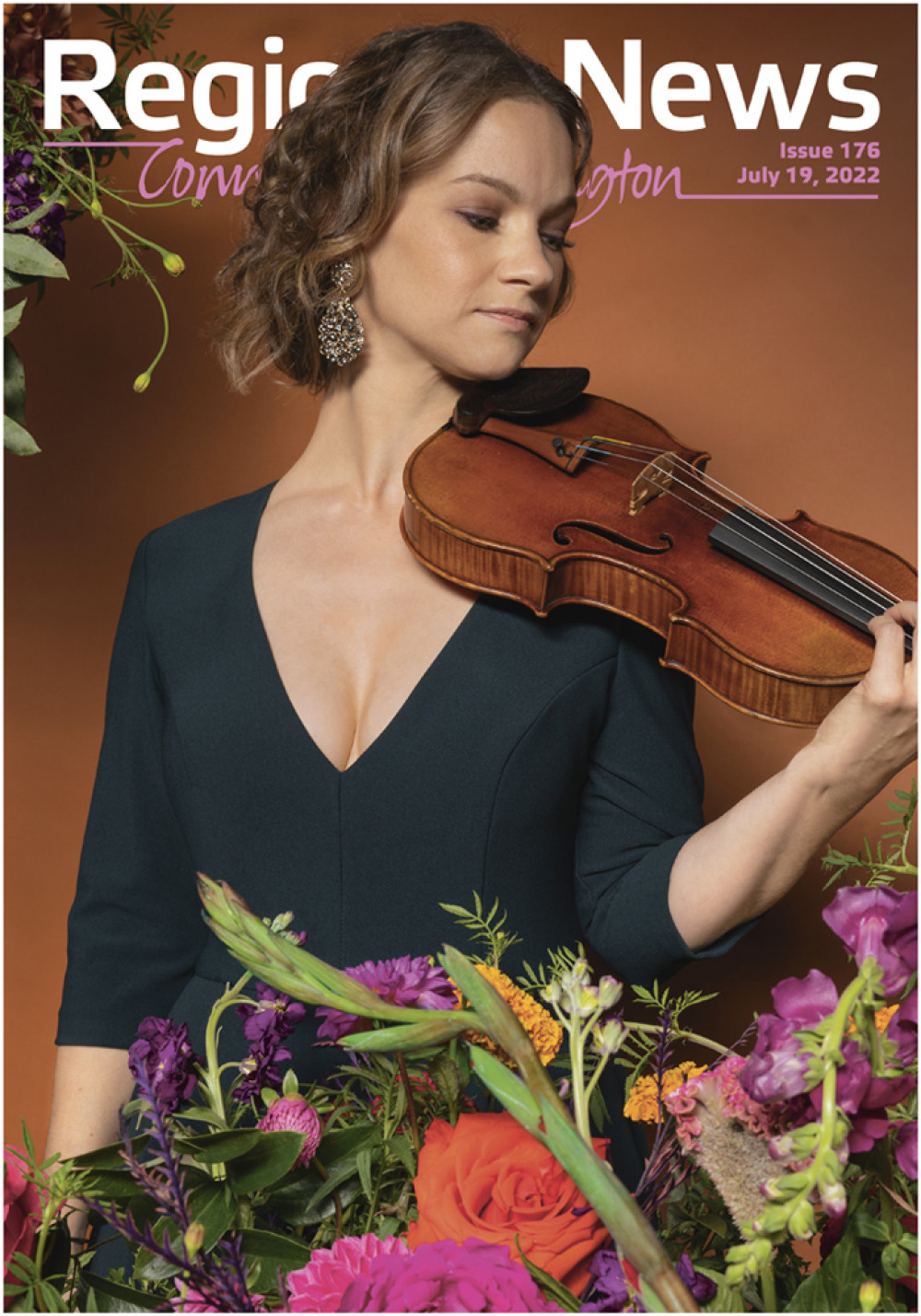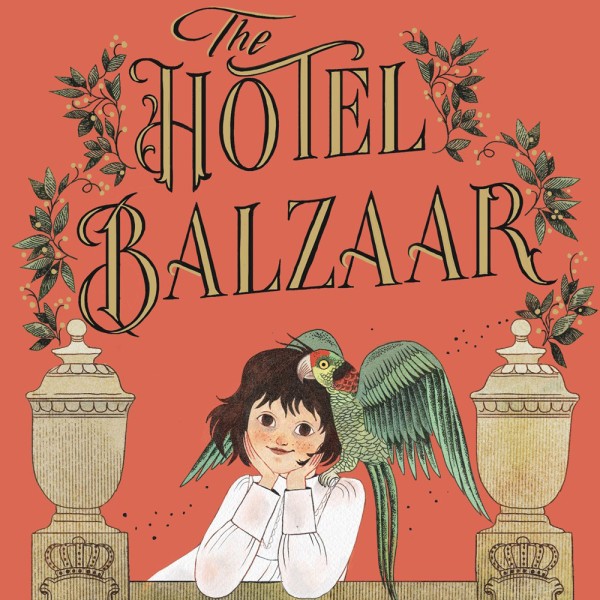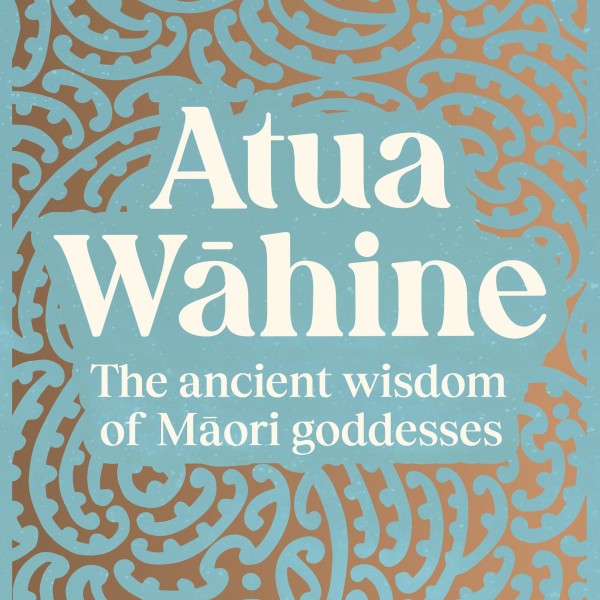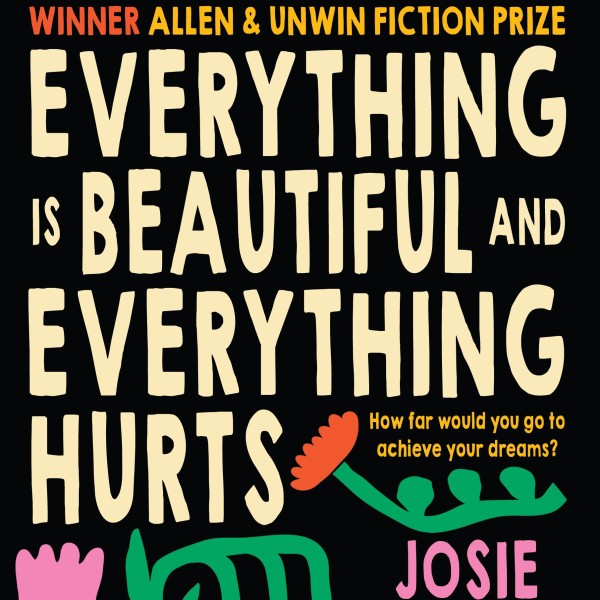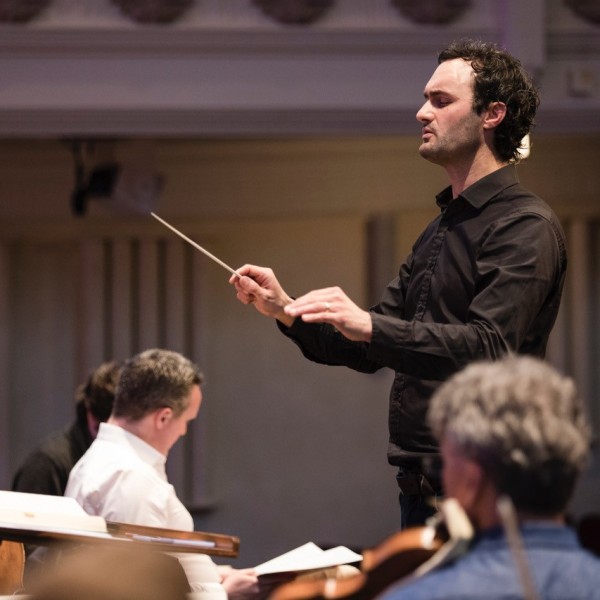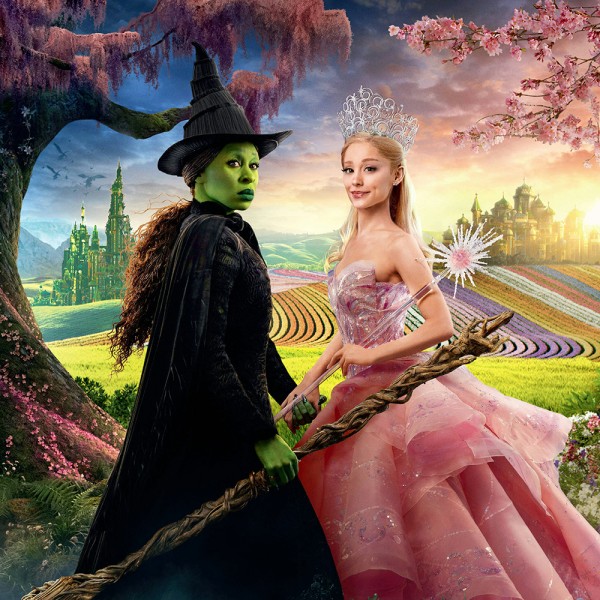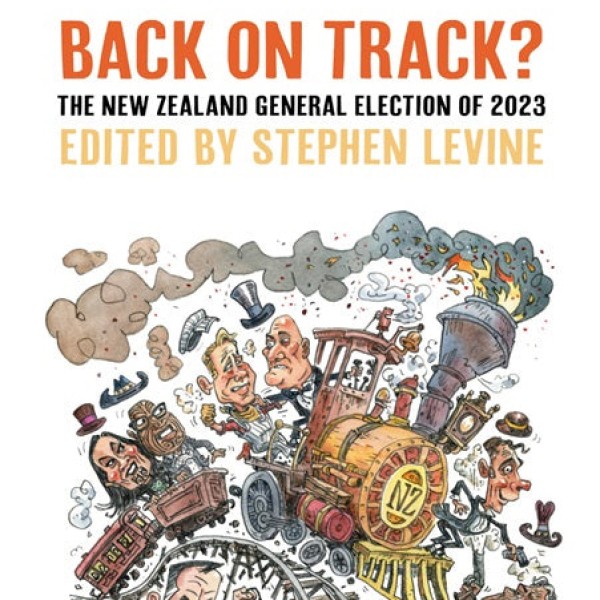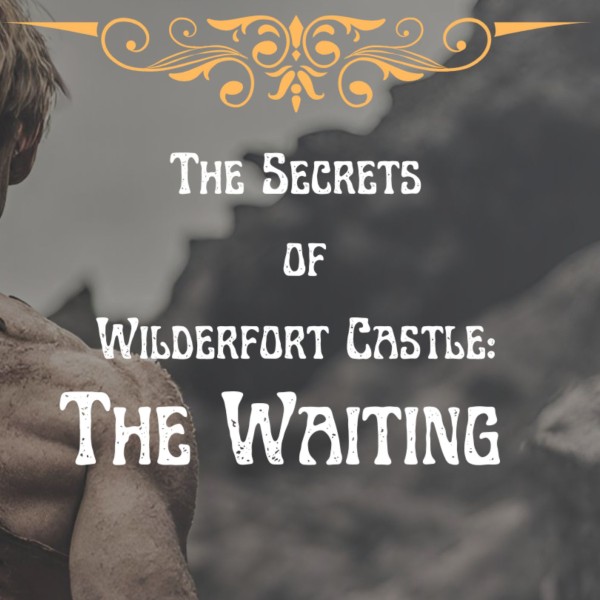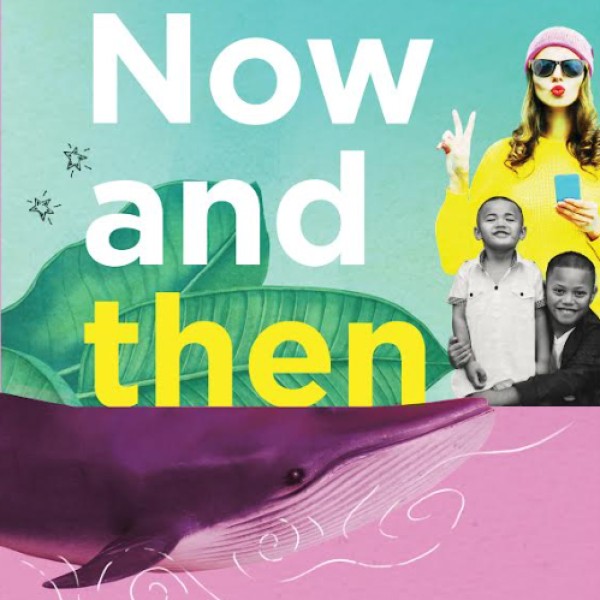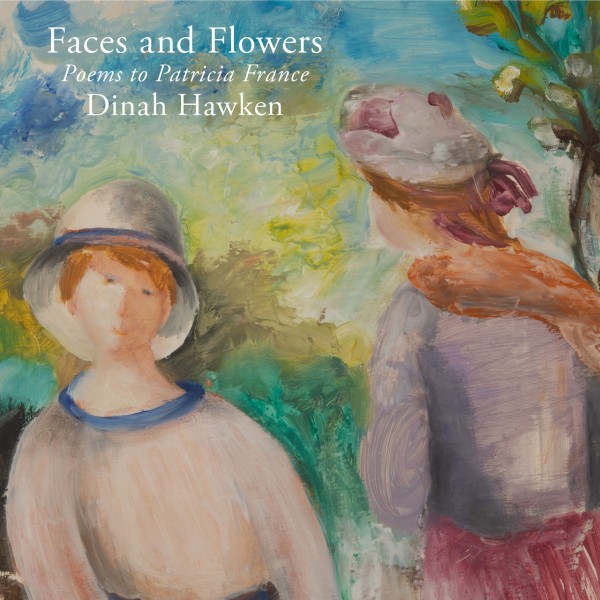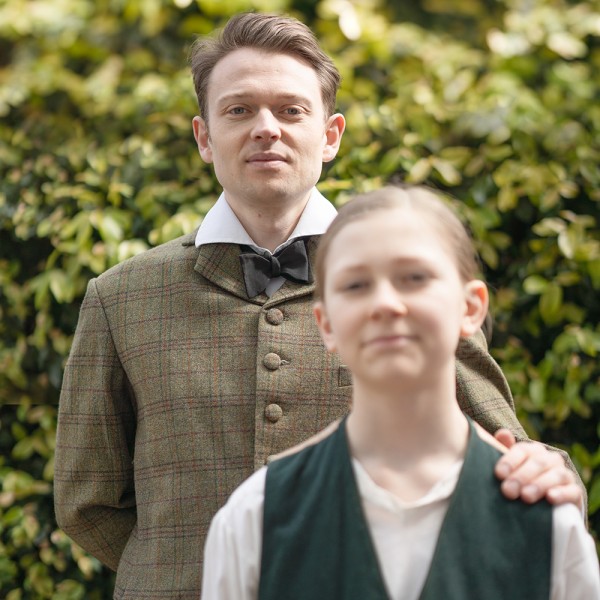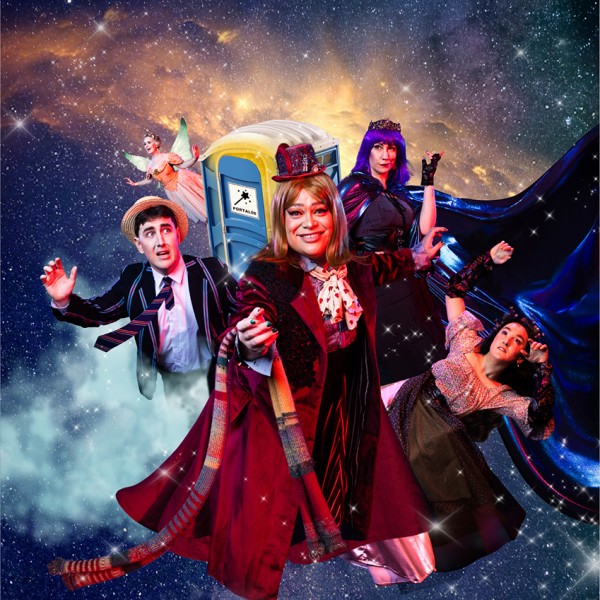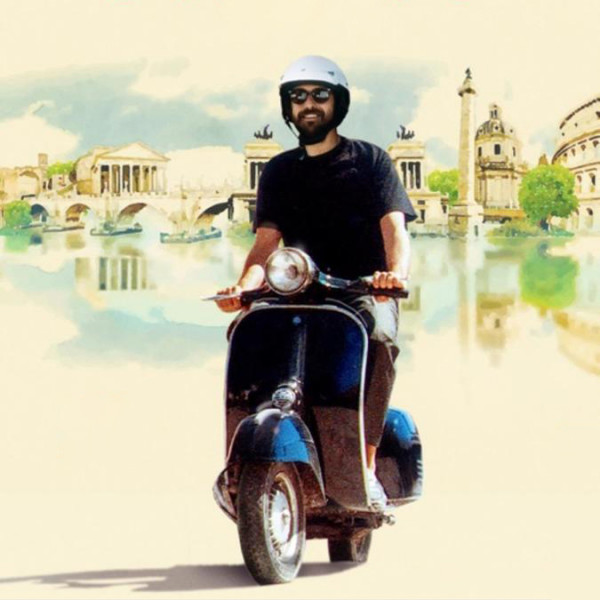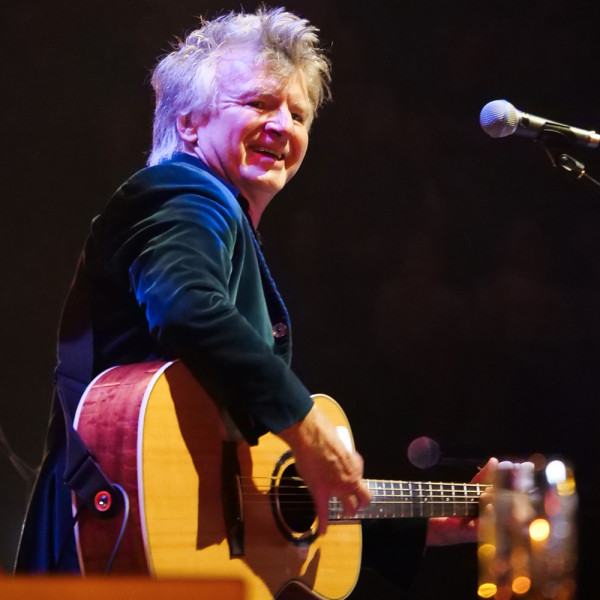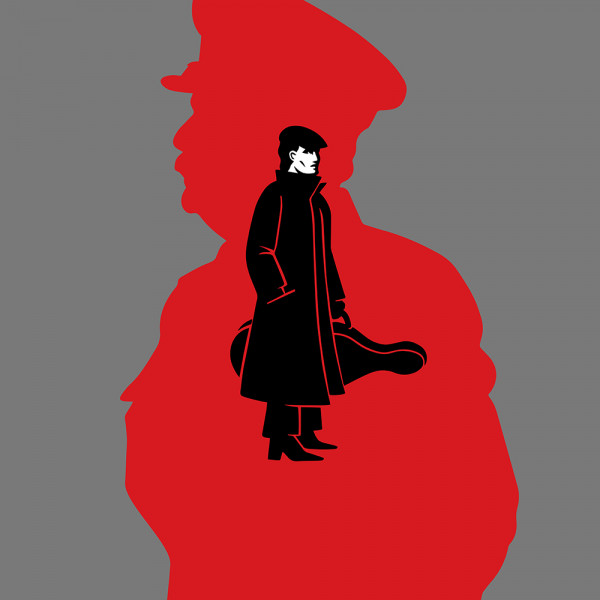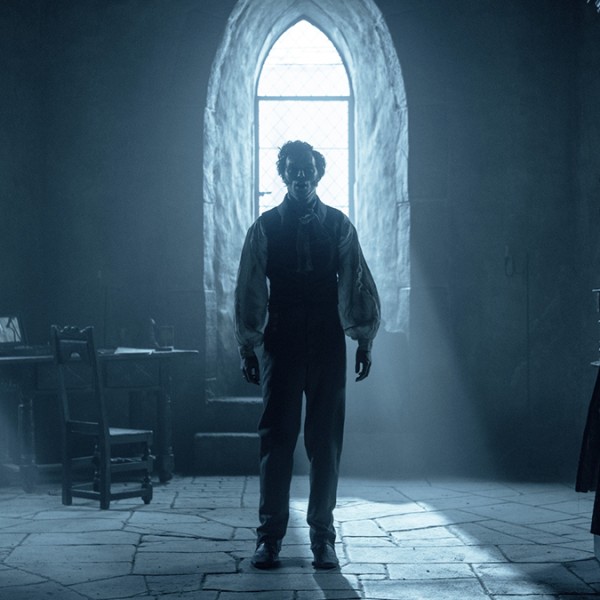
Through plenty of eeks, amid lots of squeals, and with more time than I’d like to admit spent hiding under my sweatshirt, I made it through Nosferatu. Though I’m not a horror fan, I wasn’t going in completely unbiased to this new release of the classic vampire tale. I own a beautiful copy of Bram Stoker’s Dracula – a groundbreaking piece of literature that’s very dear to me. That being said… though this new treatment is aesthetically appetising and suitably scary, for me, it didn’t come close to the original.
Arthouse filmmaker Robert Eggers’ Nosferatu is the plot of Werner Herzog’s Nosferatu the Vampyre (1979), which is the plot of F.W. Murnau’s Nosferatu: A Symphony of Horror (1922) – itself Stoker’s novel with some name changes and minor tweaks to skirt copyright law. Herzog’s is an undeniable classic. Murnau’s is the pinnacle of German expressionist cinema. Eggers’ doesn’t really re-invent the wheel or make a particularly thought-provoking statement.
As a self-professed history buff and a former production designer, Eggers does deserve to be lauded for Nosferatu from the perspective of a period piece. Craig Lathrop’s design is suitably gothic, oppressive, and finely detailed – his vision something straight from a storybook. Cinematographer Jarin Blaschke is a wizard with his craft, bringing to life an eerie and desaturated world that slowly closes in on you. His lighting, colour, and framing choices are nothing short of award worthy. Louise Ford’s editing style, however, is not my cup of tea, with what I consider lazy transitions, though other critics disagree. Robin Carolan’s delightfully terrifying score though is what truly makes Nosferatu ooze with agony and dread.
Starring Lily-Rose Depp as lead Ellen Hutter alongside Nicholas Hoult as her hapless husband Thomas, the acting in Nosferatu is not something I’d deem particularly praiseworthy. With the exception of Willem Dafoe’s zany Professor von Franz (the equivalent of Van Helsing), Simon McBurney’s perfectly deranged Herr Knock (our Renfield), and, of course, Bill Skarsgård at his best in the disgustingly horrifying role of Count Orlok… though his incessant heavy breathing was more comical than frightening.
Inspired by the 1922 rendition at the age of nine, Eggers has been working towards Nosferatu his whole life. And you can tell! It is beautiful and clever and undeniably good. It’s just not great.



